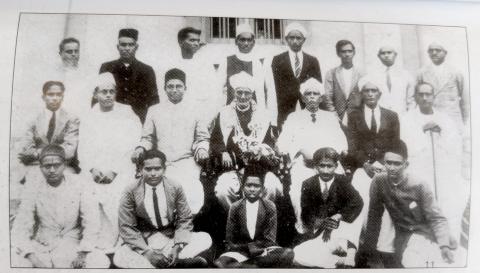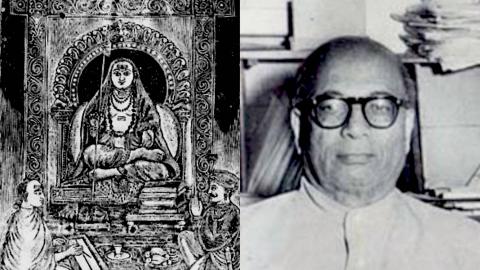February 2022
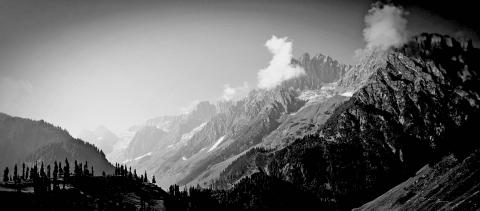
Let us have a look at the dialogues before and after this verse. A minor character expresses concern that Kālidāsa might lose face if his play is performed disregarding the compositions of past masters. The stage-director uses the phrase viveka-viśrānta in his dialogue. The minor character listens to the verse, acquiesces, and says āryamiśrāḥ pramāṇam.
While the poet initially engages the stage-director to argue his case, he soon comes to a...
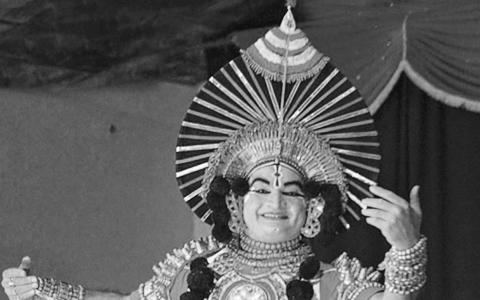
The āṅgikābhinaya of Yakṣagāna can be sub-divided into that of nāṭya and of nṛtya, which are nibaddha and anibaddha, respectively. We will limit our discussion to the aspect of nṛtta. Āṅgikābhinaya that caters for nāṭya is performed through the mode of loka-dharmī and it should have sāttvikābhinaya as its undercurrent. In other words, nāṭyāyamānatā in āṅgikābhinaya is based in loka-dharmī and is independent of the grammar and conventions of the...
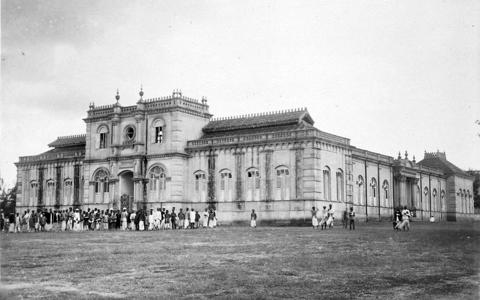
Sir K. Seshadri Iyer was a native of Madras. He hailed from the region of Palghat (Palakkad). He wasn’t, in fact, someone the British authorities had summoned. I have heard that it was Rungacharlu who brought Seshadri Iyer into government service. When Rungacharlu was in the government service of the Madras Presidency, there were occasions when he had to visit places such as Coimbatore, Wayanad, and Palghat on government duty. On one such...
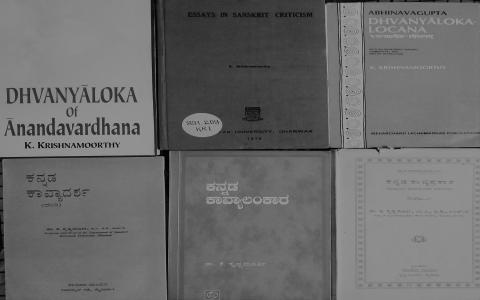
Krishnamoorthy joined the Sharada Vilas College in 1949 and worked there until 1952. During this time, at the behest of A R Krishna Shastri, he wrote an elaborate introduction to Ānandavardhana’s aesthetic method and translated Dhvanyāloka into Kannada. In the introduction, he outlined the concepts of kindred subjects that are essential to understand Dhvanyāloka, summarized the contents of the text and explained them with apt examples chosen...

The following night Gomukha narrated this story to entertain Naravāhanadatta–
A great muni resided in Dhāreśvara. He addressed his disciples, ‘If any of you have seen or heard something extraordinary tell me!’ One of his disciple narrated this story:--
The Story of the parivrājakas of Kaśmīra and Pāṭalīputra
A parivrājaka proud of his erudition resided in Kaśmīra. He declared that he would defeat everyone in scholarly debate and set out to...
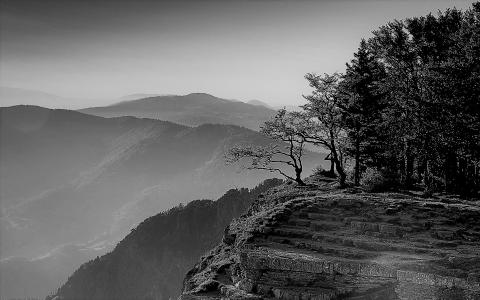
The word abhinaya means to take things closer[1]. The word can also mean good character and making things one’s own. Abhinaya can be divided into four kinds, namely āṅgika, āhārya, vācika, and sāttvika. As the very name suggests, āṅgikābhinaya is to do with the movement of the major and minor parts of the body including hands, legs, waist, neck and head. These movements are supposed to add beauty to the art and also communicate emotions to the...
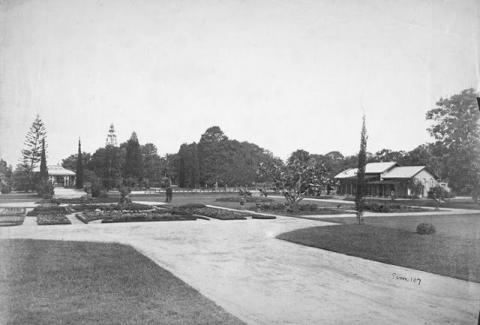
Human nature is composed of the triad of guṇas – sattva, rajas, and tamas. It is true of the universe also. A man’s inner nature influences his outward behaviour and vice-versa. The essence of graha-atigraha mentioned in the Bṛhadāraṇyaka-upaniṣad is this mutual impulse.
tattvavit-tu mahābāho guṇa-karma-vibhāgayoḥ ।
guṇā guṇeṣu vartanta iti mattvā na sajjate ॥ (BG 3.28)
One who knows the principle of distribution of natural temperaments (...

After introducing the major characters, Śūdraka has gone on to describe the nucleus of his story in all its complex shades. Keeping this in mind, let us try to understand the extent of scope that a social play offers to various rasas. According to Indian dramaturgy, a prakaraṇa involving commonfolk is not the best type of play to delineate the heroic mood, vīra-rasa. Vīra is typically the forte of nāṭaka, the ‘prototype play’ that...

